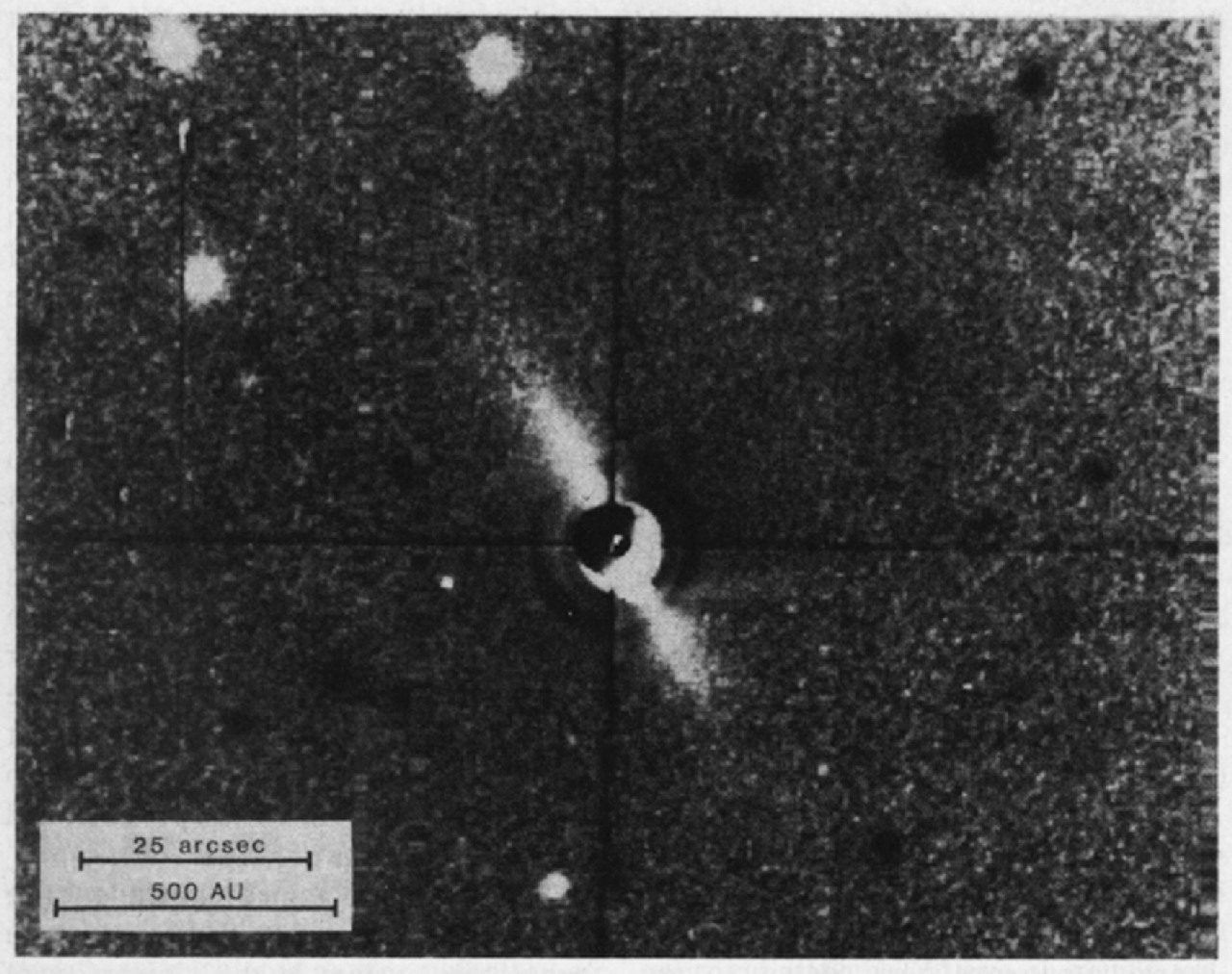DECEMBER 20, 1900: Michel Giacobini at Nice Observatory in France discovers the comet now known as Comet 21P/Giacobini-Zinner. This is the parent comet of the Draconid meteor shower and is also the first comet to be visited by a spacecraft; it is a previous “Comet of the Week.”
DECEMBER 21, 1969: Comet Tago-Sato-Kosaka 1969g passes through perihelion at a heliocentric distance of 0.473 AU. In early 1970 it became the first comet to be observed from space, and three weeks later became the first comet I ever observed. It is a previous “Comet of the Week.”
DECEMBER 21, 1984: The Soviet Union’s Vega 2 mission is launched from the Baikonur Cosmodrome in present-day Kazakhstan. In June 1985 Vega 2 flew by Venus, deploying a landing probe and an atmospheric balloon in the process, and in March 1986 it passed by Comet 1P/Halley, taking some of the first direct images of a cometary nucleus. The 1986 return of Comet Halley is a previous “Comet of the Week,” and that presentation discusses the results of the various spacecraft missions to it.
DECEMBER 21, 1984: Brad Smith and Richard Terrile report their optical detection of an edge-on disk of material around the star Beta Pictoris. This was the first optical detection of a planet-forming disk around a star; detailed studies since then have revealed structure within the disk indicative of planetary formation, the existence of at least two planets, and the presence of “exocomets” falling into the star. The significance of such disks is the subject of this week’s “Special Topics” presentation, and exocomets are the subject of a previous “Special Topics” presentation.

DECEMBER 22, 1983: The International Sun-Earth Explorer 3 (ISEE-3) spacecraft passes just 120 km above the moon’s surface, the fifth and last of a series of lunar flybys that direct it on a course – under the new mission name International Cometary Explorer (ICE) – towards an encounter with Comet 21P/Giacobini-Zinner in 1985, becoming the first spacecraft to visit a comet. The ICE mission is discussed in Comet 21P’s “Comet of the Week” presentation and in a previous “Special Topics” presentation.
DECEMBER 22, 1996: Shane Stezelberger at the Goddard Space Flight Center in Maryland discovers a comet, now known as Comet SOHO C/1996 Y1, in images taken with the LASCO coronagraphs aboard the NASA/ESA SOlar and Heliospheric Observatory (SOHO) spacecraft. This was the first bright Kreutz sungrazer to be discovered in SOHO coronagraph images; it and other such comets are discussed in the “Comet of the Week” presentation for two other bright SOHO sungrazers, C/1998 K10 and C/1998 K11.
DECEMBER 22, 2000: French astronomers Christian Veillet and Alain Doressoundiram discover a moon accompanying the Kuiper Belt object 1998 WW31. With the exception of Pluto’s moon Charon, this was the first moon to be discovered around an object in the Kuiper Belt. The Kuiper Belt is the subject of a previous “Special Topics” presentation.
DECEMBER 25, 1758: German amateur astronomer Johann Palitzsch recovers the comet now known as Comet 1P/Halley, in accordance with the prediction made by the British astronomer Edmond Halley in the early 18th Century. This was the first recovery of a predicted return of a periodic comet, and firmly established that comets are members of the solar system. The story of Comet Halley is the subject of a previous “Special Topics” presentation.
DECEMBER 26, 1908: Comet Morehouse 1908c passes through perihelion at a heliocentric distance of 0.945 AU. This was an unusually active comet with an unusual chemical composition, and is discussed (and pictured) in a previous “Special Topics” presentation.
More from Week 52:
Comet of the Week Special Topic Free PDF Download Glossary
Ice and Stone 2020 Home Page


